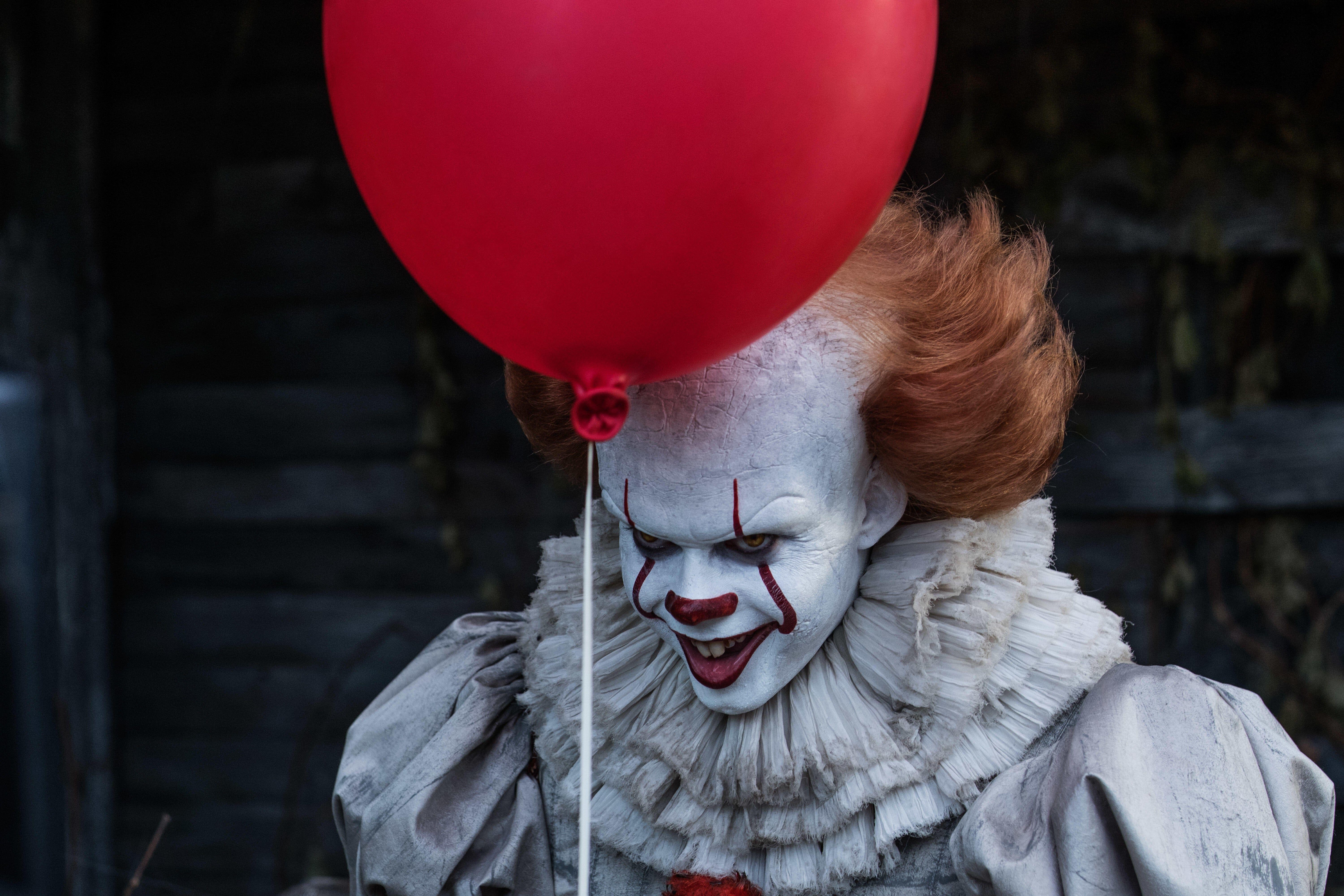Coulrophobia, the fear of clowns, is a surprisingly common phenomenon. But Why Are People Scared Of Clowns? This article delves into the scientific research behind this fear, exploring its prevalence, severity, and potential origins.
 Clown with red balloon from the movie IT
Clown with red balloon from the movie IT
While many cultures share this fear, it’s often dismissed as irrational. However, recent studies have shed light on the psychological underpinnings of coulrophobia. A comprehensive study involving nearly 1,000 adults revealed that over half of the participants reported some level of fear towards clowns, with 5% expressing extreme fear. This percentage surpasses that of many other common phobias, such as fear of animals, heights, or closed spaces.
Comparison of the prevalence of coulrophobia with other common phobias. Coulrophobia ranks higher than many commonly recognized fears.
Gender, Age, and the Fear of Clowns
Interestingly, the study revealed that women tend to report a higher fear of clowns compared to men, a pattern observed in other phobias like the fear of spiders and snakes. Additionally, the research indicated that the fear of clowns tends to decrease with age, aligning with trends observed in other fear-related studies.
Unmasking the Origins of Coulrophobia: Why Clowns Creep Us Out
To understand the root of this fear, researchers explored several potential contributing factors:
The Uncanny Valley Effect: Not Quite Human
Clowns’ makeup often creates an unsettling feeling, as their appearance falls into the “uncanny valley.” This phenomenon describes the unease we experience when encountering something that looks almost human but not quite, similar to the feeling evoked by dolls or mannequins.
Exaggerated Features and Hidden Emotions
The exaggerated facial features of clowns can be perceived as threatening. More significantly, the makeup obscures genuine emotional expressions, creating uncertainty and anxiety. This inability to decipher a clown’s true emotions and intentions contributes significantly to coulrophobia. We are wired to read facial expressions to understand intent, and the masked face of a clown deprives us of this crucial social cue.
Cultural Influences: The Power of Portrayal
Negative portrayals of clowns in popular culture, such as the menacing Pennywise in Stephen King’s “It,” undoubtedly contribute to the widespread fear. While personal experiences with clowns were found to be less influential, the pervasive image of the “evil clown” in media reinforces and amplifies pre-existing anxieties.
Beyond the Makeup: Ongoing Research
While this research provides valuable insights into why people are scared of clowns, further investigation is needed. For instance, do other forms of face painting, such as animal faces, elicit similar fear responses? Or is there something unique to the specific makeup and behavior associated with clowns that triggers this specific phobia? These questions remain the focus of ongoing research. Understanding the nuances of coulrophobia can help us better understand the complexities of fear and anxiety in general.